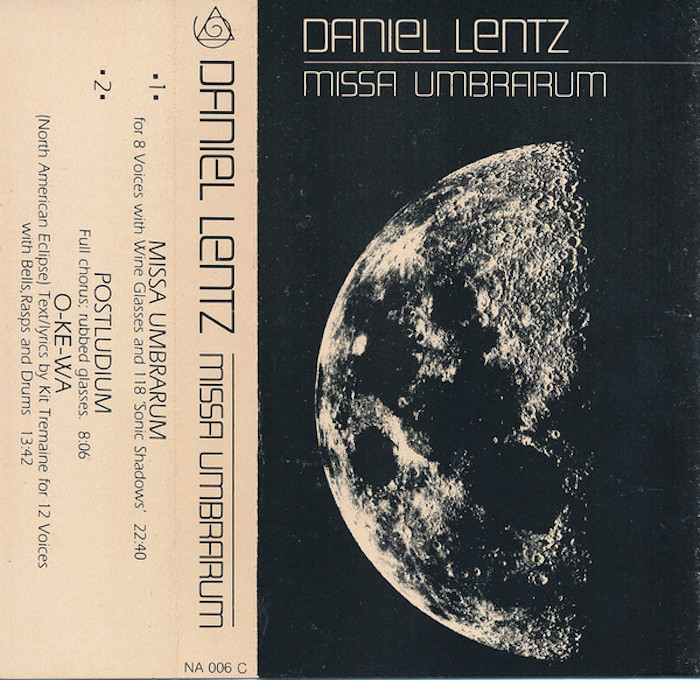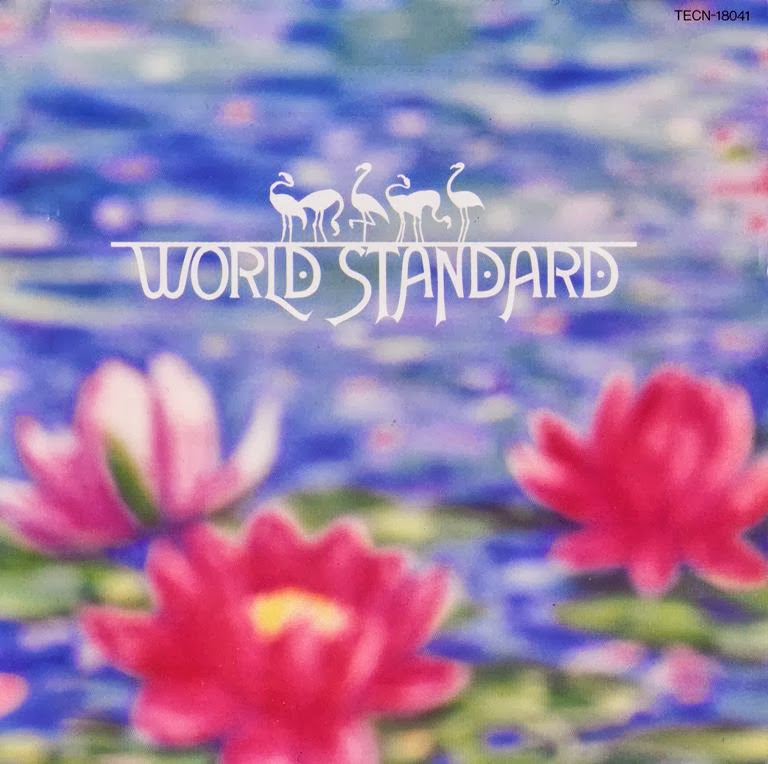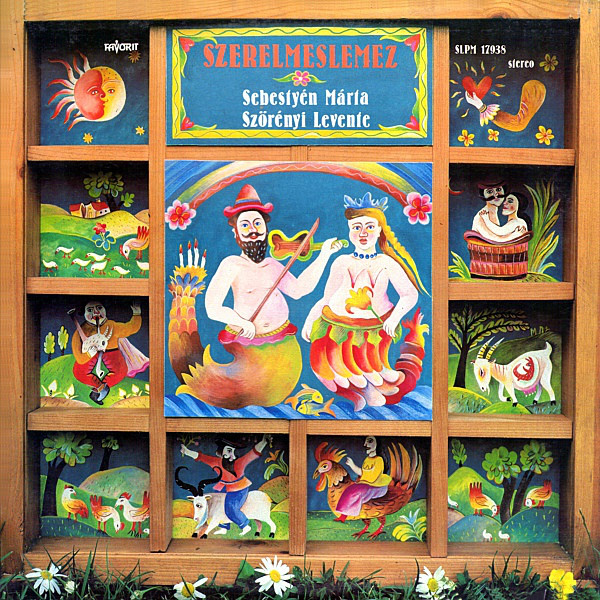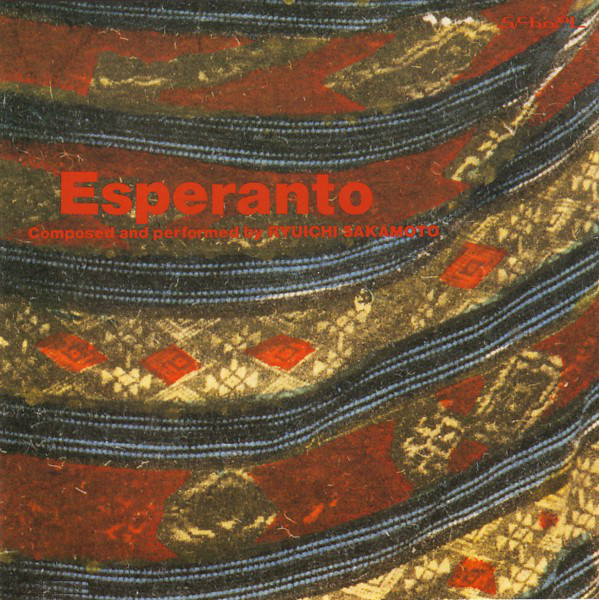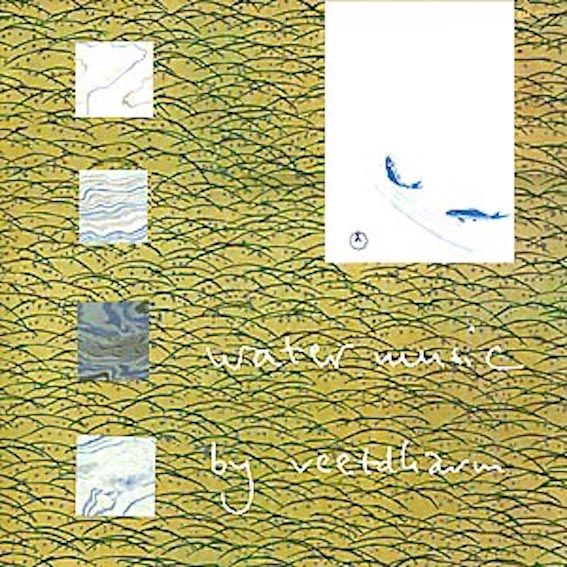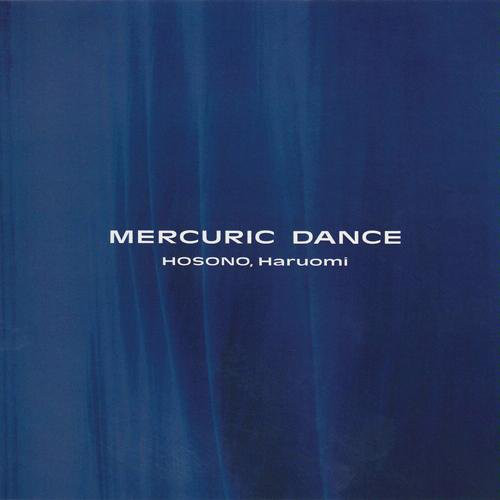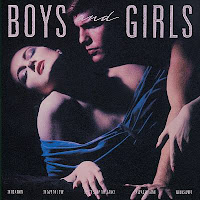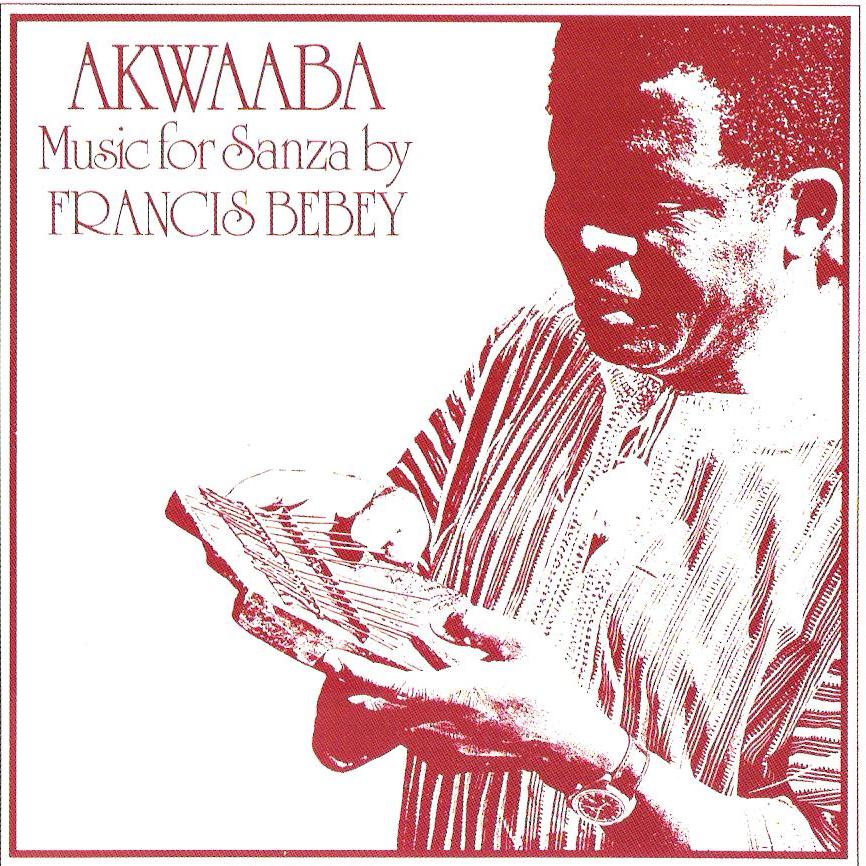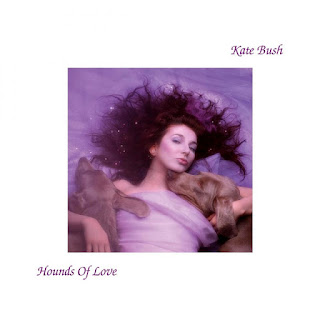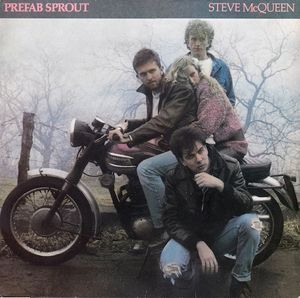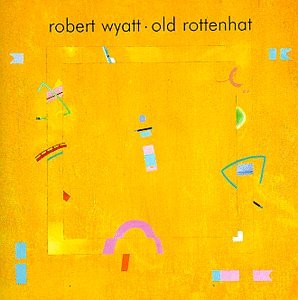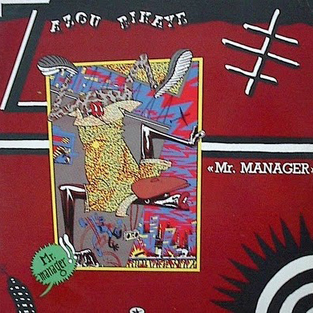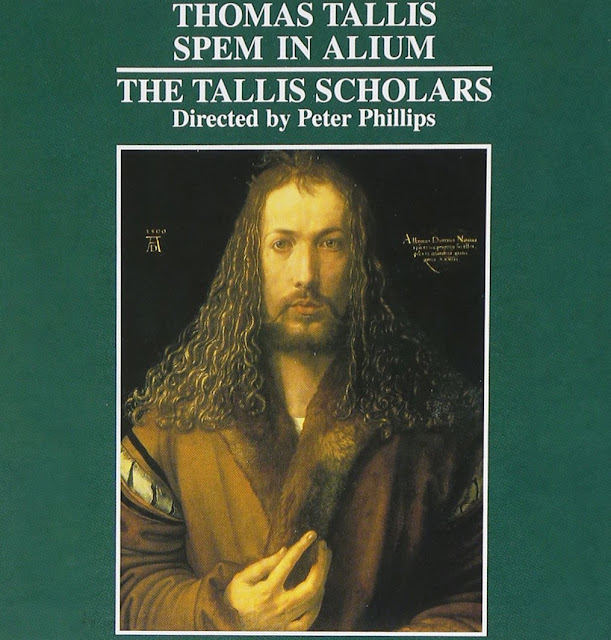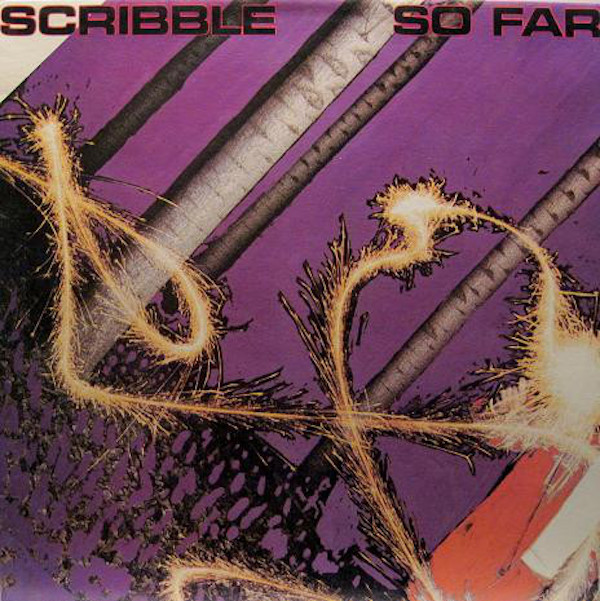 Scribble was a short-lived project of Australian musician and songwriter Johanna Pigott, formerly of punk band XL Capris. Acting as lead vocalist, guitarist, pianist, keyboardist, songwriter, and producer, Pigott recruited her partner Todd Hunter for bass and keyboards, as well as a slew of session musicians. She eventually dissolved Scribble to focus more on her writing, and went on to rack up many songwriting and screenwriting credits, including Keith Urban’s first single, “Only You,” which is unsurprising given how good it is (also he looks confusingly hot in this admittedly blurry video? I regret none of these opinions). Though Scribble has garnered a little bit of cult interest, it never received much critical acclaim that I would argue this record most certainly deserves.
Scribble was a short-lived project of Australian musician and songwriter Johanna Pigott, formerly of punk band XL Capris. Acting as lead vocalist, guitarist, pianist, keyboardist, songwriter, and producer, Pigott recruited her partner Todd Hunter for bass and keyboards, as well as a slew of session musicians. She eventually dissolved Scribble to focus more on her writing, and went on to rack up many songwriting and screenwriting credits, including Keith Urban’s first single, “Only You,” which is unsurprising given how good it is (also he looks confusingly hot in this admittedly blurry video? I regret none of these opinions). Though Scribble has garnered a little bit of cult interest, it never received much critical acclaim that I would argue this record most certainly deserves.Prim, elegant sophisti-pop tinged with post punk and new wave. Opener “It’s Blue” is such a pleasurable, effortless piece of guitar pop that it feels like taking a hot bath and is a big part of why I’ve had this record on repeat for the past few weeks. Elsewhere, find Pigott’s opiated, smoky, slow-jazz take on “The Lady Is A Tramp,” bombastic brassy new wave on “Adaptability,” and an absolutely sublime cover of Roxy Music’s “Mother Of Pearl,” which, despite being eight minutes long, always makes me wish it were longer. An ideal wintertime record that feels more and more like a favorite sweater with each listen. Thank you Flo for bringing me here via this excellent mix :}
